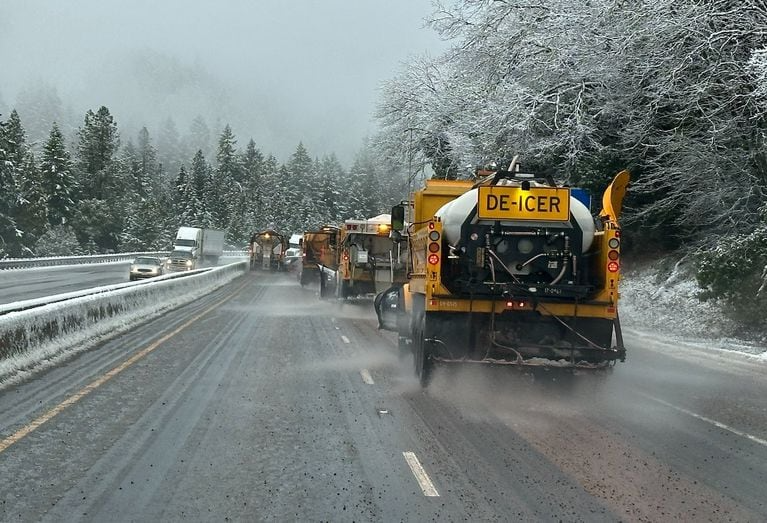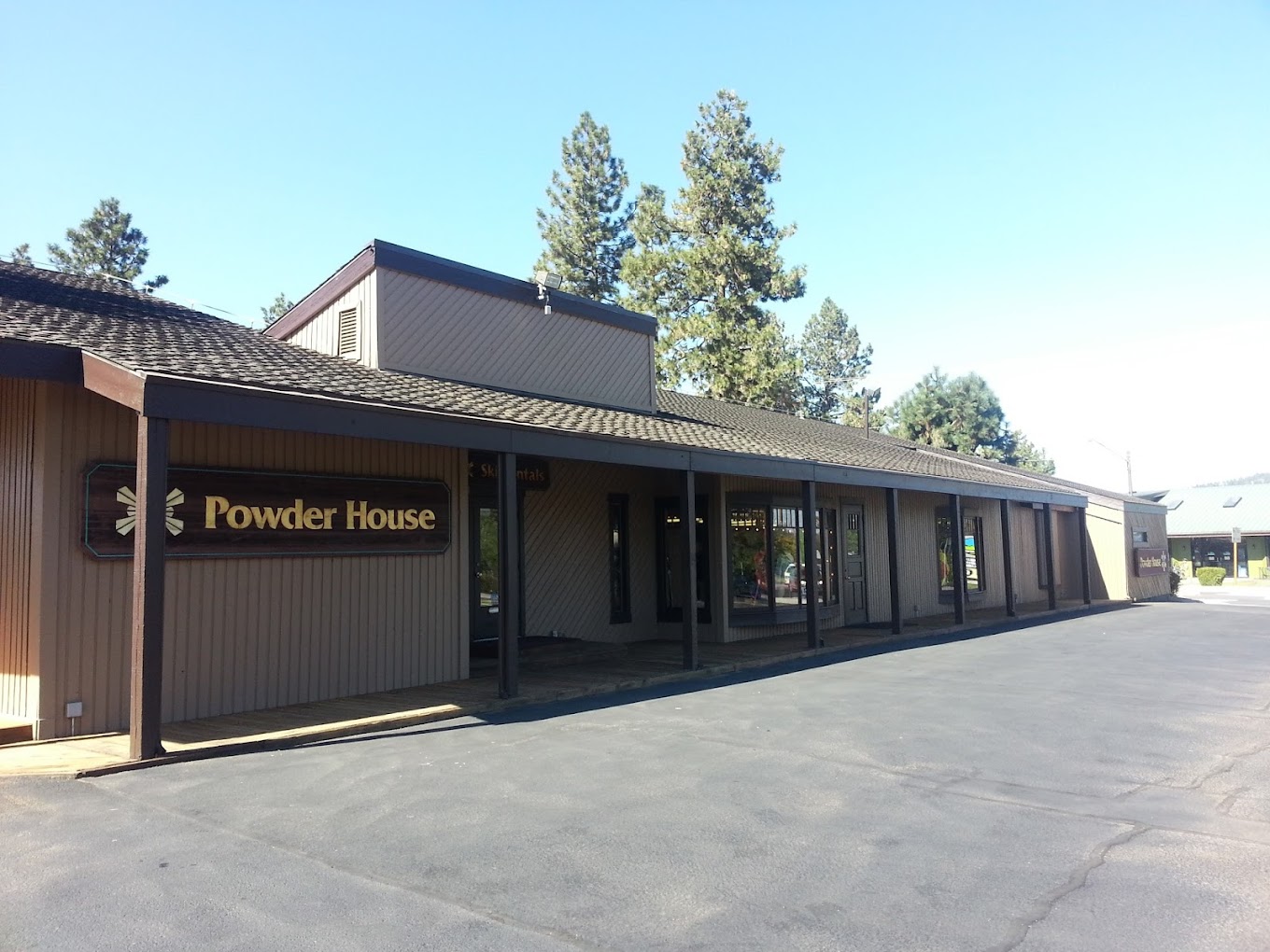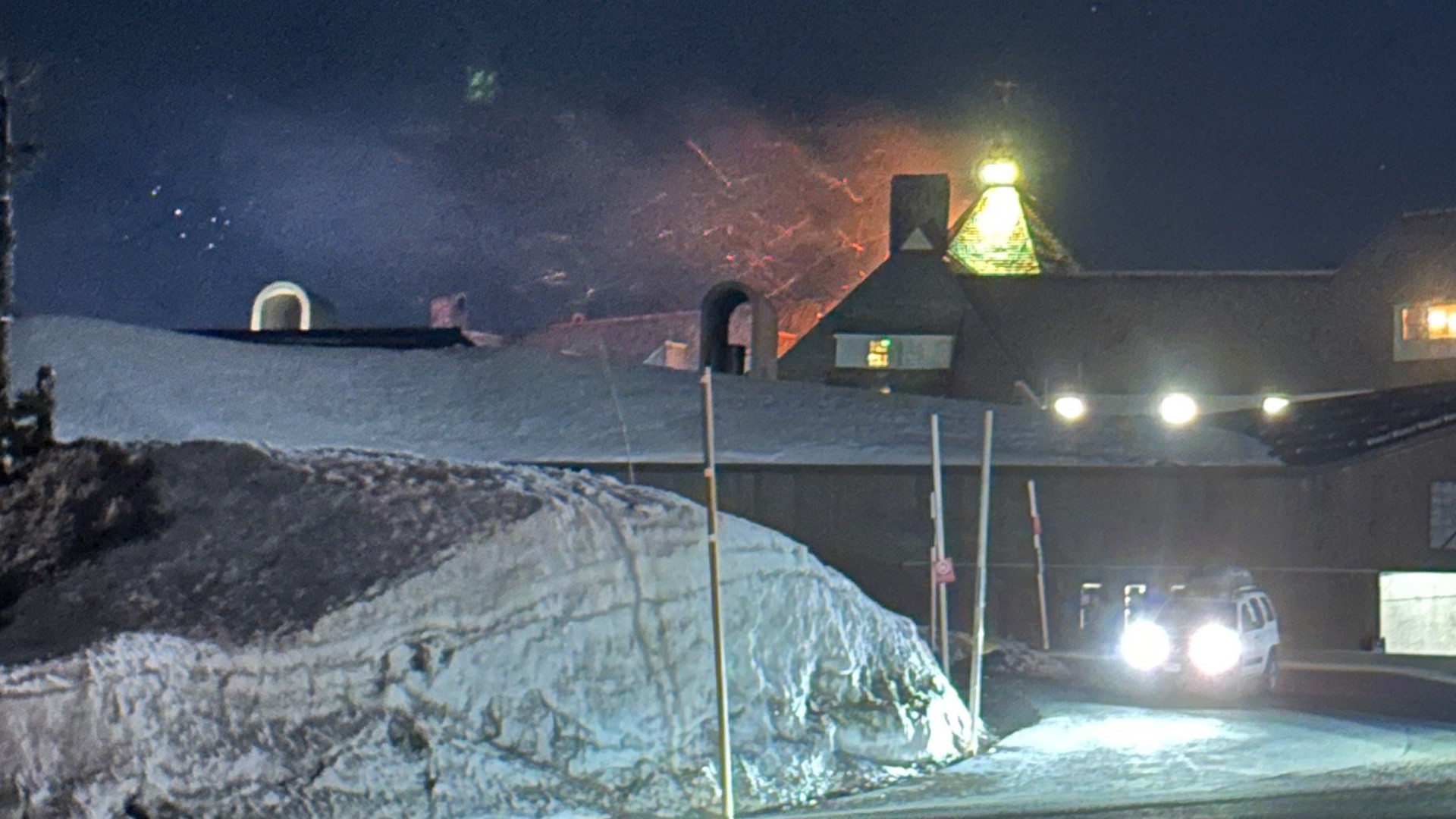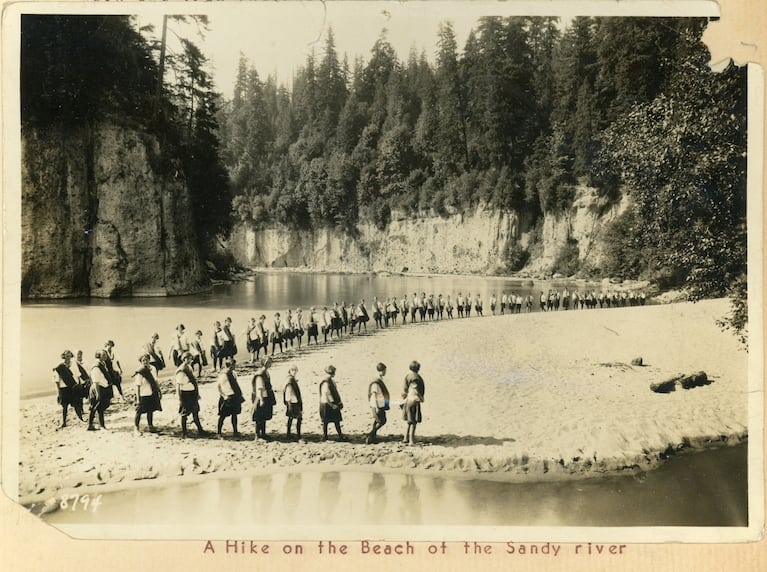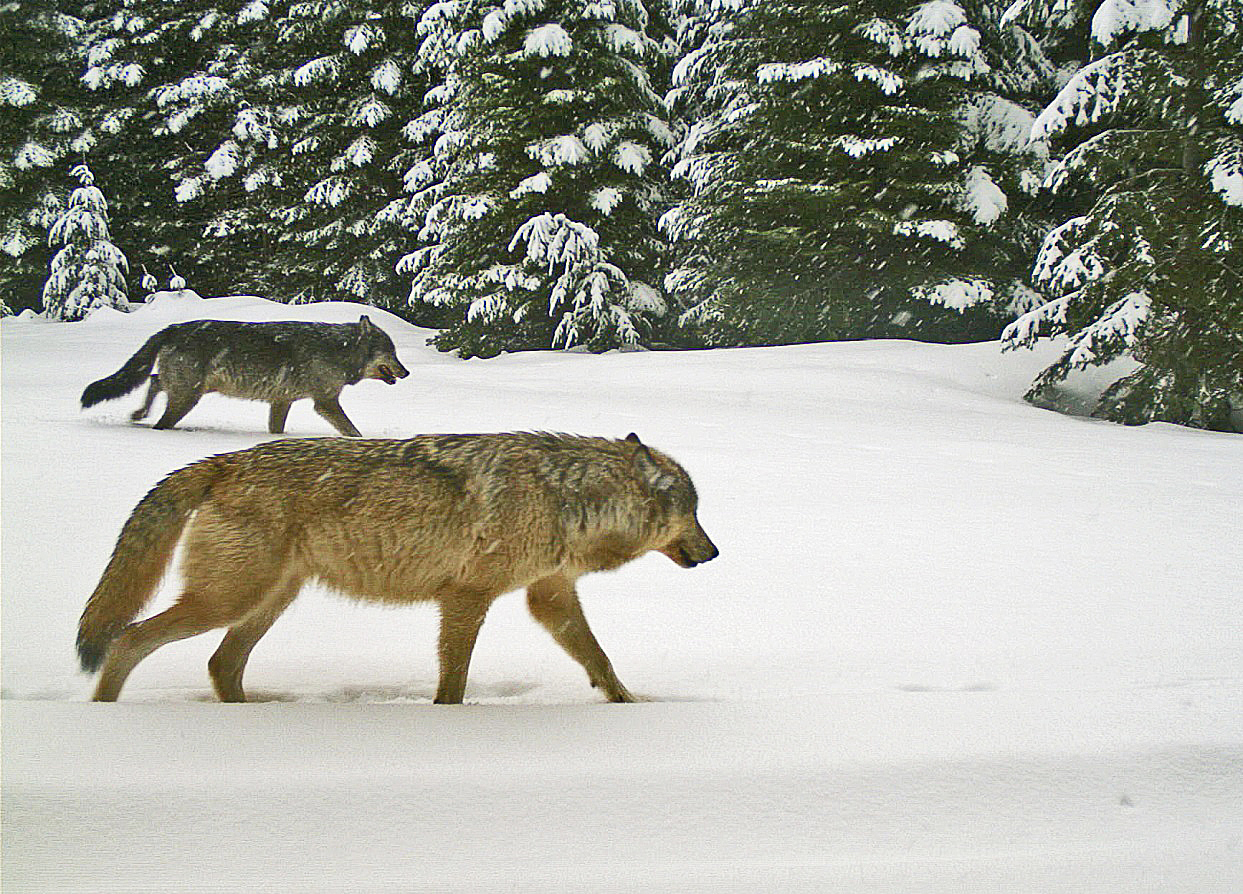Northwest Oregon and Southwest Washington experienced an overnight snowfall, reaching down to elevations of about 500 feet.
Parts of the Portland area encountered a mix of snow and slush on the roads. Numerous school districts across the region either delayed their start times by two hours or modified bus routes due to the snow. Hit the link here to see school closures in the Portland & Salem area.
In Oregon's Columbia County and Washington's Cowlitz County, several schools announced closures. Central and Southern Oregon reported significant snow accumulation at lower elevations. Schools in Bend-La Pine and Klamath Falls remained closed for the day.
The Cascades are under a blizzard warning due to ongoing strong winds and heavy snowfall. Areas above 1,000 feet elevation, including mountain passes, are under a winter storm warning. However, the National Weather Service noted that temperatures in most regions climbed above freezing early Wednesday morning, suggesting the snow would melt by afternoon.
Wet heavy snow is occurring this morning in some valleys west of the Cascades, mainly around 2000 ft elevation and higher, such as Ashland and near Jacksonville. Brief snow accumulations or a wintery mix is possible down elevations 1500 feet or locally lower this morning. #orwx pic.twitter.com/Lk8JFzwPCh
— NWS Medford (@NWSMedford) January 10, 2024
A new winter weather system is expected to bring snowfall to lower areas, including the Willamette Valley, by Saturday morning.
Don Hamilton from the Oregon Department of Transportation mentioned that crews were active Wednesday morning clearing roads and preparing for the snow. They remain ready to respond to the evolving winter conditions.
Hamilton emphasized the importance of being prepared and cautious, especially for drivers. He urged everyone to stay vigilant on the roads, be aware of their surroundings, and prepare for adverse weather conditions.
Ski Resorts Halt Activities Amid Severe Weather
In Portland, Oregon, local ski resorts have suspended their operations on Tuesday, responding to a blizzard warning over the Cascades. The warning indicates potential wind gusts reaching 55 mph. Notable resorts like Mount Hood Meadows, Timberline, and Ski Bowl have ceased lift activities due to the harsh winter storm.
Due to extensive storm recovery we are anticipating our opening will be delayed until noon today. Stay tuned for more updates as we work to dig out from this epic storm.
— Mt Hood Meadows (@HoodMeadows) January 10, 2024
Forecasts predict a substantial snowfall of 20 to 40 inches over the mountain passes continuing into Wednesday. The blizzard warning is specifically for regions above 3,000 feet, where extremely low visibility is anticipated.
The area around Government Camp, located approximately 4,000 feet above sea level, experienced around a foot of snowfall, with intense snow showers persisting throughout Tuesday afternoon. By night, some areas near Government Camp might accumulate more than a foot of additional snow.
Mt Hood Meadows expressed their decision on Instagram, noting, "With great storms come great responsibility, leading to our decision to suspend operations on January 9."
Traveling Safely Through The Snow
Travelers are advised to be cautious and avoid traversing mountain passes on Tuesday and Wednesday unless it's absolutely essential. However, for those who must travel, the American Red Cross has outlined essential preparations for potential emergencies in your vehicle or at home during winter. Also worth noting is TripCheck, a great tool to preplan your route during hazardous road conditions.
For a winter driving emergency, it's crucial to have a well-equipped kit in your car. This kit should include essential items like jumper cables, a first aid kit, an ice scraper, extra wool hats, additional jackets and gloves, spare socks, extra dry clothing, various snacks such as canned fruits and high-energy foods, several water bottles, warm broth in a thermos, a fully charged cell phone or a two-way radio, a cell phone charger, blankets or sleeping bags, newspapers for insulation, and plastic bags for sanitation purposes.
In case you find yourself stranded in your car during a winter storm, the Red Cross provides specific guidelines for survival. It's important to stay in your vehicle and wait for help, only leaving if assistance is visible within 100 yards. You should signal for help by hanging a brightly colored cloth on the radio antenna and raising the hood of the car once the snow stops. To stay warm, run the engine intermittently, about 10 minutes each hour, and use the heater while the engine is on, ensuring the exhaust pipe is clear of snow and keeping a window slightly open for ventilation. Keeping the overhead light on when the engine is running makes it easier for rescuers to see you.
To maintain circulation, perform light exercises, such as clapping hands and moving limbs, and avoid staying in one position for too long. If there are multiple people in the vehicle, take turns sleeping for body temperature and circulation maintenance. Use newspapers, maps, and floor mats for additional insulation. Be vigilant for signs of frostbite and hypothermia, and stay hydrated to mitigate the risks of cold exposure and heart attacks. Avoid heavy physical exertion like shoveling snow or pushing the vehicle, as these activities can increase the strain on your heart and exacerbate medical conditions.

